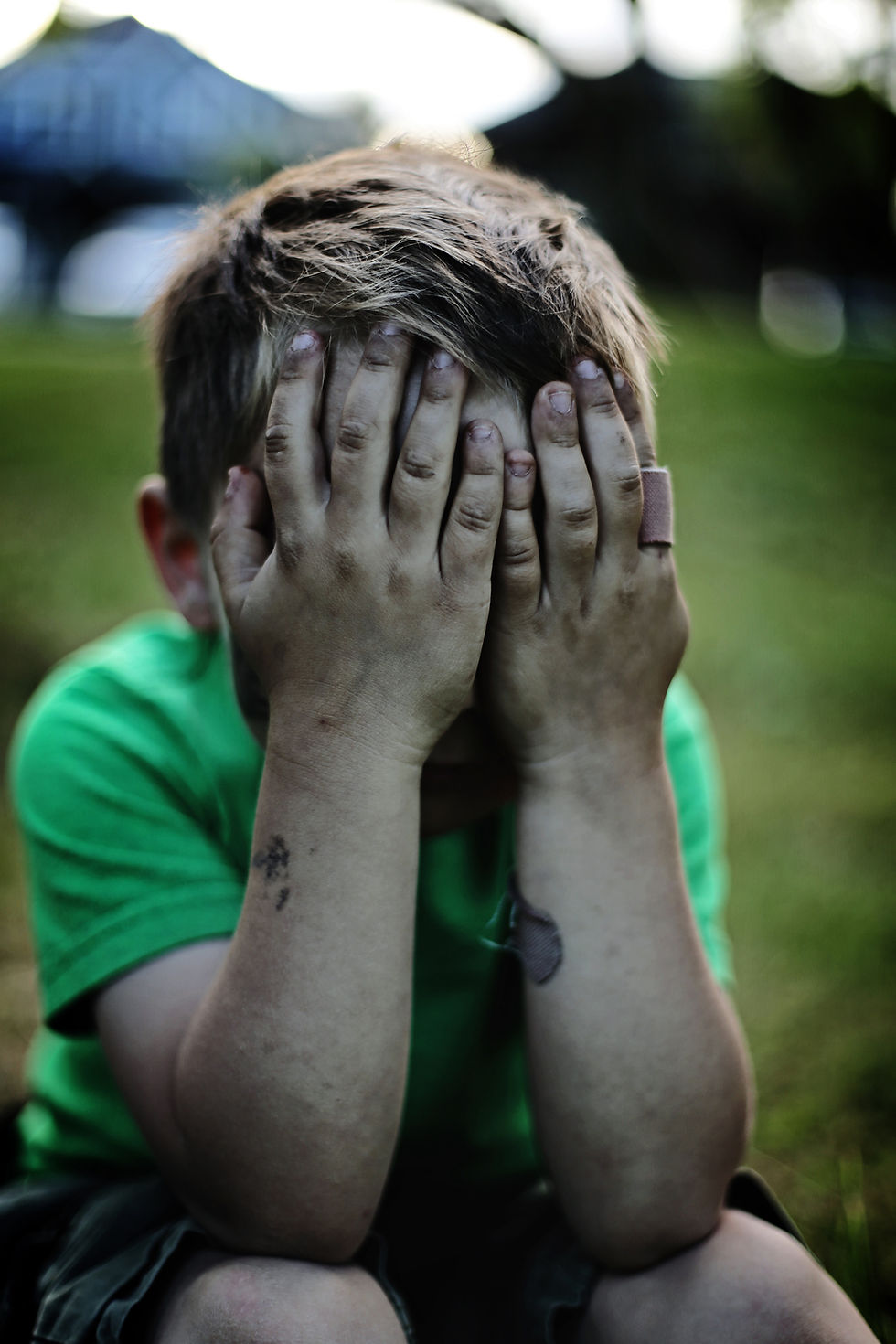Go to the crying child
- Sarina Shirazee

- Aug 3, 2020
- 2 min read
Go to the crying child. Especially the child under 7. The wrong coloured pencil, the sand in their shoe, the book that they didn’t want to read - it is all a big deal to them. ⠀⠀
⠀⠀

Think about the life experiences they have had. They haven’t experienced what we have and therefore have no frame of reference for how big their problem actually is. ⠀⠀
⠀⠀
Their brain is also still in the egocentric stage of development, where everything is all about them. ⠀⠀
⠀⠀
Plus, their prefrontal cortex is underdeveloped, meaning they do not have the ability to regulate themselves. ⠀⠀
⠀⠀
Dismissing their feelings or leaving them to deal with their emotions on their own stays with them. They may not be able to explicitly recall being left to cry on their own, but it will be stored in their brain and body along with other similar experiences (in their implicit memory), and contribute to their core beliefs (schemas), perception and assumptions about the world as they grow up.⠀
⠀
Meeting a child’s feelings with shame, ridicule or punishment also puts their nervous system under stress and their brain in a more reactive state, meaning they will remain in a heightened state and be more likely to become upset or triggered again. ⠀
⠀
There is just too much research and evidence behind this for it to be ignored (and I’m getting sick of visiting schools and seeing crying children left alone when there are teachers nearby and available to help them. I understand that this isn’t all teachers and help isn’t always available).⠀
⠀
Teachers, if a child is upset, go to them. It is in everyone’s best interest. You take a parent’s place when a child is at school and it is your responsibility to make them feel safe. They cannot achieve self-regulation without your help first.




Comments